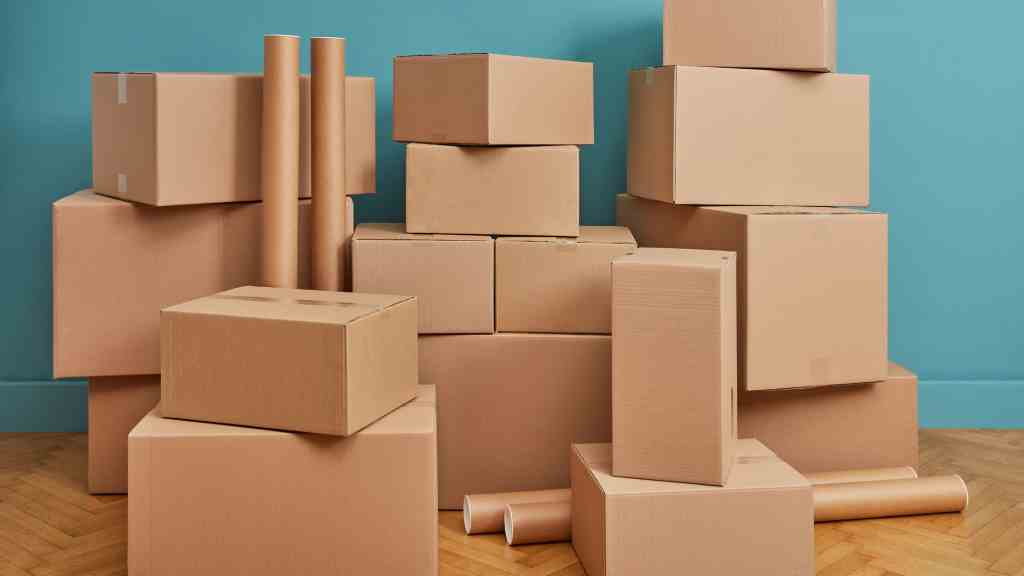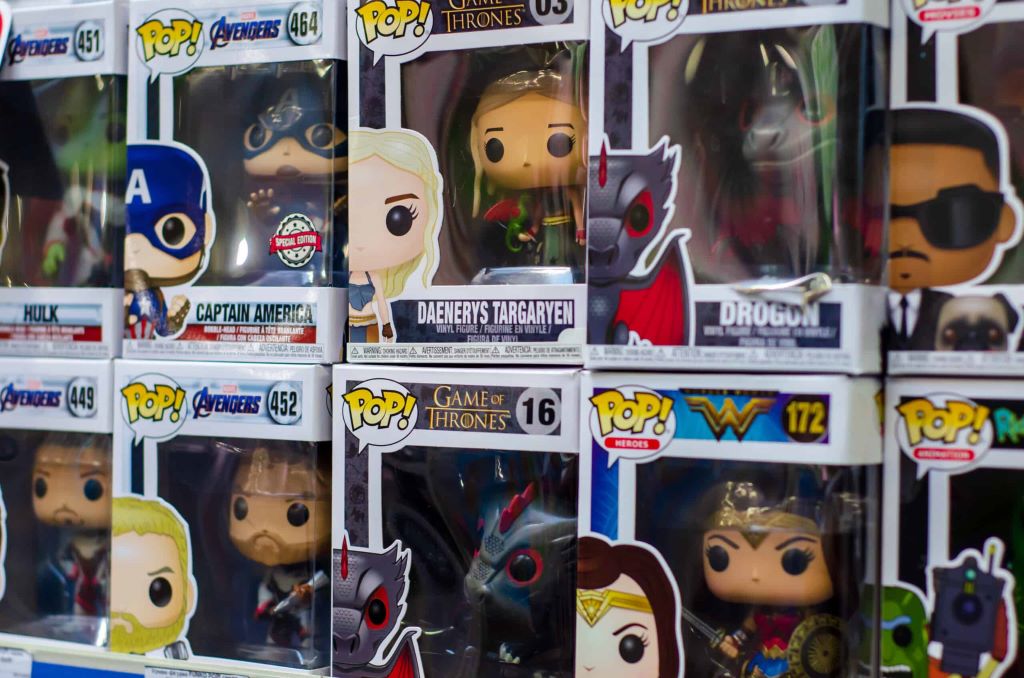Cardboard, often overlooked, is one of the most versatile and widely used materials in the modern world. While we may primarily associate it with shipping boxes, its applications extend far beyond this familiar use. From creative art projects and furniture design to packaging and construction, cardboard proves its worth in numerous industries. Innovations like cardboard hardener have further expanded its utility, making it even more durable and suitable for a wider range of purposes. Let’s delve into the multifaceted world of cardboard and explore its various purposes.
The Fundamentals of Cardboard
Before we explore its applications, it’s important to understand what cardboard is and how it’s made. Cardboard is a paper-based material, typically thicker than paper, that comes in various types, each with distinct properties. If you want to get cardboard boxes for free, it’s essential to know the different types and their uses.
Key Types of Cardboard:
- Corrugated Cardboard: This is the most recognizable type, featuring a wavy inner layer (fluting) sandwiched between two flat liners. This structure provides exceptional strength and cushioning, making it ideal for packaging and shipping.
- Paperboard/Cardstock: A single-layered material, smoother and less rigid than corrugated cardboard. It’s commonly used for cereal boxes, book covers, and greeting cards.
- Solid Bleached Board: Made entirely from bleached chemical pulp, this type is exceptionally smooth and often used for premium packaging.
Production Process:
Cardboard is manufactured primarily from recycled paper fibers, wood pulp, or a combination of both. These materials are pulped, processed, and formed into sheets, which are then layered or corrugated to create the desired type of cardboard.
Primary Uses of Cardboard
- Packaging and Shipping: This is undoubtedly the most well-known application of cardboard. Corrugated boxes, in particular, are invaluable for protecting goods during transit due to their strength and cushioning properties. They come in various sizes and shapes, accommodating everything from small electronics to large appliances.
- Retail Displays and Packaging: The retail industry relies heavily on cardboard for eye-catching displays and product packaging. Its adaptability allows for creative designs that attract consumers’ attention.
- Art and Craft Supplies: Cardboard is a favorite among artists and crafters. Its affordability, versatility, and ease of manipulation make it ideal for creating sculptures, models, and various DIY projects.
- Furniture and Home Décor: Innovative designers have transformed cardboard into stylish furniture, shelving units, and even architectural elements. This sustainable approach to design is gaining popularity.
- Insulation: Corrugated cardboard’s air-filled structure makes it a surprisingly effective insulator. It’s used in construction for thermal insulation and soundproofing.
- Animal Bedding: Shredded cardboard provides a comfortable and absorbent bedding material for pets like hamsters and rabbits.
The Environmental Benefits of Cardboard
One of cardboard’s most significant advantages is its sustainability. It’s highly recyclable, and the majority of cardboard used today contains recycled fibers. Choosing cardboard packaging over plastic alternatives helps reduce our environmental impact.
Challenges and the Future of Cardboard
While cardboard is a versatile and eco-friendly material, it does have limitations. It’s susceptible to moisture damage and may not be suitable for heavy-duty industrial applications. However, ongoing research and innovation are exploring ways to enhance its water resistance and strength.
Additionally, the rise of e-commerce has led to an increased demand for cardboard packaging. This presents both challenges and opportunities for the industry to develop more sustainable practices and packaging solutions.
Unleash your Electric Scooters Potential: Remove the Speed Limiter Now!
Conclusion
Cardboard, often taken for granted, plays an indispensable role in our daily lives. From protecting our online purchases to providing a canvas for creative expression, its applications are vast and varied. As we move towards a more sustainable future, the importance of cardboard as a recyclable and eco-conscious material is only set to grow.
I hope this comprehensive article provides a thorough understanding of cardboard and its many uses. If you have any questions or further inquiries, feel free to ask!





